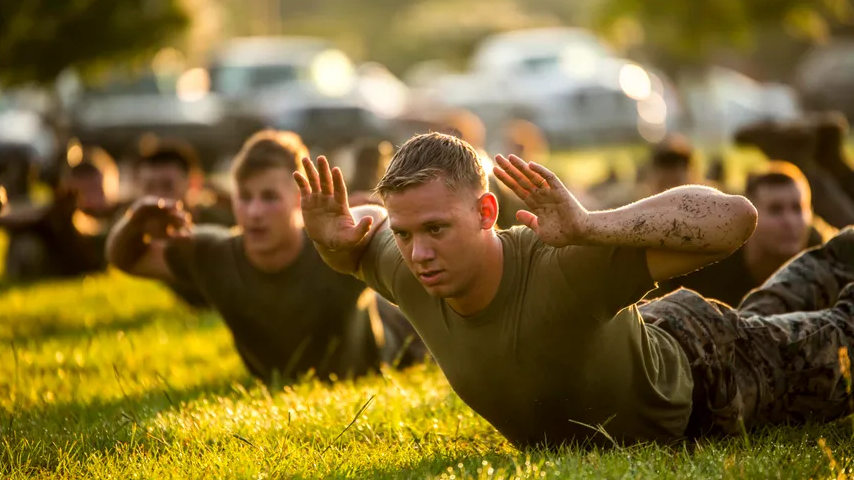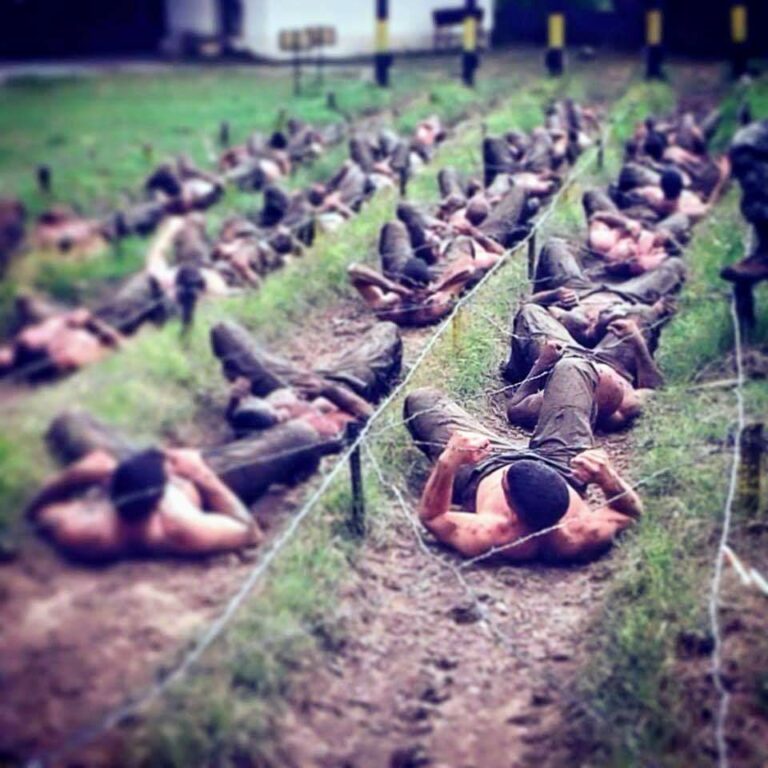PREVENTING INJURIES IN TACTICAL TRAINING: ESSENTIAL TIPS FOR LONGEVITY
In the world of tactical training, physical readiness is paramount. Tactical athletes are required to perform at their best, often in high-pressure situations. However, this demanding training can take a toll on the body if injury prevention isn’t a top priority. In this comprehensive guide, we’ll delve into the strategies, exercises, and mindset that can help tactical professionals achieve longevity and maintain peak performance while avoiding injuries.
Understanding the Importance of Injury Prevention in Tactical Training
Tactical professionals operate in dynamic and physically demanding environments. From law enforcement officers and firefighters to military personnel and first responders, their roles demand a high level of physical fitness and readiness. But with the rigorous demands placed on them, the risk of injuries looms large. Injuries not only hinder performance but can also lead to long-term health issues, impacting one’s ability to carry out essential duties effectively.
Injury Prevention Exercises for Tactical Athletes
Fortifying the Rotator Cuff: Robust rotator cuff muscles play a pivotal role in stabilizing the shoulders, mitigating the risk of injuries during activities encompassing lifting and throwing. Make face pulls and external rotation variations a steadfast inclusion in your workout routine.
Core Strength: A sturdy core underpins optimal posture and movement mechanics. Elevate your regimen with farmers’ walk variations and a diverse range of lower abdominal and oblique exercises, laying the groundwork for a resilient torso.
Masterful Functional Strength: Infuse your training regimen with exercises that replicate the intricate movements encountered in real-life tactical scenarios. Embrace squats, deadlifts, farmers carries, and overhead presses – these exercises constitute the bedrock of genuine strength.
Balanced Conditioning: Harmonize cardiovascular endurance with muscular power, crafting a symphony that cultivates stamina while safeguarding vital muscle mass. This approach constructs a fortress of resilience, impervious to challenges.
Targeted Muscle Strengthening: Focus intently on often-neglected areas like the neck, back, hamstrings, and glutes. Reinforcing these foundational pillars establishes a robust physique, primed for conquering any mission. A resilient neck acts as a shield against potential injuries. Implement neck-specific exercises, including neck curls and extensions, to enhance stability and repel vulnerabilities.
A stalwart back forms the nucleus of overall resilience. Employ a dynamic repertoire encompassing rows, pull-ups, and their variations to carve a formidable posterior.
Strengthening hamstrings and glutes fosters optimal posture and alleviates strain on lower back muscles. Embrace compound movements like Romanian deadlifts, rack pulls, Good Mornings, and hip thrusts – your unwavering allies on the journey to enduring strength.
Embrace these strategies to forge a foundation aligned with the demands of your tactical expedition. It transcends mere appearance; it embodies authentic strength where it truly matters.
Optimal Equipment and Nutritional Strategies
- Invest in Quality Gear: Your equipment is an extension of your performance. Invest wisely in high-quality gear, from purpose-built footwear to specialized clothing. Embrace the comfort of Merino wool socks, your shield against friction during enduring rucks and marches. Regularly changing socks can prevent the dreaded blisters and discomfort that threaten your stride.
- Hydration: Carry the elixir of performance—water—always by your side. Amidst the jungle’s trials and arduous marches, hydration becomes your unwavering ally. Adequate hydration is pivotal for sustaining peak performance and preventing heat-related issues. Remember, dehydration doesn’t just affect your physical state but dims your cognitive prowess as well.
- Strategic Carb Loading: The eve of an arduous march calls for strategic fueling. Prepare your body for the challenges of a long march by loading up on easily digestible carbs, such as white rice. Carbohydrates offer sustained energy crucial for enduring endurance activities.
- Body Composition Balance: Tempted by the allure of a lean and chiseled Rambo-esque physique? Redirect your focus to a body fat percentage of 12-15%, the true pinnacle for special operators. This range optimizes performance for special operators, ensuring you have the fuel reserves necessary for extended rucks and missions. Remember, even with this body fat range, a defined six-pack can still be yours.
- Embrace the Power of Calories: Special Forces selection courses demand resilience, powered by calories. Opt for calorie-dense options to fuel your demanding training. Whole milk, ripe bananas, beef jerky, and pemmican provide a balanced mix of energy, protein, and essential nutrients to keep you going strong.
Remember, your equipment and nutrition choices are integral components of your tactical readiness. By selecting the right gear and fuelling your body strategically, you’re setting the stage for optimal performance, durability, and longevity in the world of tactical training.
These strategies are just a glimpse of the comprehensive approach we share with our SOCOM and special operator clients. By combining science-backed training principles, strategic equipment choices, and mindful nutrition, you can enhance your tactical readiness, longevity, and overall performance. Remember, the goal isn’t just to survive but to thrive in the demanding world of tactical operations.
FAQ
Injury prevention is essential as it not only enhances performance but also ensures long-term health. In the demanding world of tactical training, injuries can hinder effectiveness and compromise the ability to carry out critical duties. Long-term health issues resulting from inadequate injury prevention can hinder a tactical professional's ability to fulfill their duties optimally.
Incorporate a diverse range of exercises into your regimen, such as face pulls, external rotations, farmers' walks, squats, deadlifts, overhead presses, rows, and pull-ups. These dynamic movements fortify key muscle groups, enhancing overall resilience against injuries. Recognize the significance of core strength; it acts as a stabilizer during dynamic actions, effectively mitigating the risk of injuries. Equally essential is cultivating a sturdy upper and lower back through exercises like rows, pull-ups and Romanian deadlifts. This foundation serves as a cornerstone for injury prevention, supporting proper posture and maintaining overall stability.
Investing in high-quality gear, such as Merino wool socks, can prevent discomfort and blisters during long rucks and marches, reducing the risk of injuries caused by friction. Staying hydrated supports performance, endurance, and cognitive function. Adequate hydration during jungle training and marches is crucial to prevent heat-related issues and maintain optimal physical condition.
Carb loading provides sustained energy for demanding activities like long marches. Loading up on easily digestible carbs, such as white rice, helps fuel the body and reduce the risk of fatigue-related injuries. Maintaining a body fat percentage of 12-15% optimizes performance and endurance for special operators. This range ensures adequate fuel reserves for extended missions and training without compromising strength. Calorie-dense foods like whole milk, ripe bananas, beef jerky, and pemmican provide essential energy, protein, and nutrients to support intensive training, enhancing durability and reducing injury risk.


